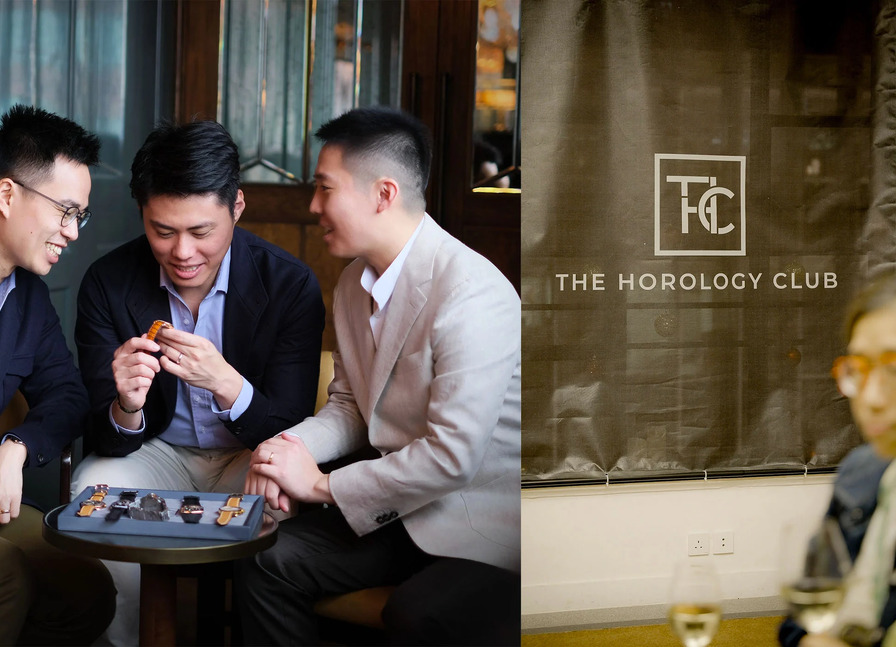
The luxury watch world isn't ticking like it used to. As mainstream brands drone on about heritage while churning out yet another stainless steel sports model, a quiet revolution is unfolding in dimly lit cigar bars and encrypted WhatsApp groups. The horological cognoscenti have gone underground, forming tight-knit tribes where the currency isn't bragging rights about waitlists, but genuine passion for mechanical artistry.
Picture this: while auction houses fetishize the same dozen reference numbers, collectors in Hong Kong are passing around a hand-engraved Habring² like it's contraband. In Amsterdam, vintage Patek Calatravas spark more debate than the latest Richard Mille. These aren't watch enthusiasts – they're horological insurgents, building parallel universes where independent makers are rockstars and "brand equity" means nothing next to a compelling movement architecture.
The numbers tell part of the story – 900 members across three continents for one club alone – but the real narrative is in the shifting power dynamics. When a tight-knit community collectively yawns at another "limited edition," entire marketing departments scramble. Their influence spreads like horological mycelium: through Instagram DMs, late-night Zoom calls dissecting gear trains, and secret handshakes exchanged when spotting a rare Grönefeld in the wild.
What makes these groups tick? "We're allergic to marketing fluff," one founder tells me. Their events feature watchmakers explaining why they chose a specific anglage technique rather than CEOs boasting about celebrity ambassadors. The currency here is knowledge, not hype – though the occasional shared frustration about servicing costs does bond members like wartime trauma.
Traditional retailers should be nervous. When a Hong Kong club's 16-brand exhibition draws international collectors, it's proof these groups are becoming alternative trade shows. Their collective buying power could make or break small independents, and their disdain can turn a major release into a ghost town overnight. The most interesting development? How these communities are resurrecting forgotten brands through sheer curiosity, treating horology like archeology rather than asset management.
As one founder muses while examining a prototype: "The next big thing won't come from a boardroom – it'll emerge from some enthusiast's basement workshop after we've all had too much whiskey." In an industry obsessed with heritage, these clubs are busy creating tomorrow's traditions, one passionate argument over movement decoration at a time.